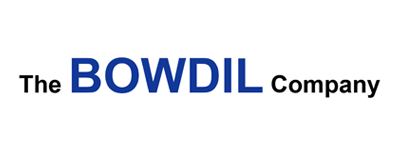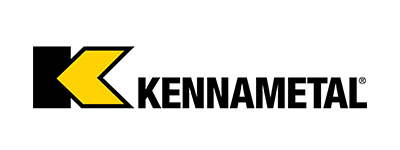Bit block retainers are essential in the maintenance departments of underground mines since they prolong the life of the equipment. It’s crucial to maximize their service life so you can avoid having to replace your equipment prematurely. This can be a balancing act for some. Although it can be tempting to keep items until they break, sometimes it’s more financially valuable to replace them before they completely fall apart so that other items aren’t damaged—and valuable time isn’t lost.
The good news is that for decades, Bit Service has been the main designer, manufacturer, and supplier for cutting assembly tooling for the potash industry’s boring machines. And a key component of the radial tooling assembly is the bit block retainer, which ensures a secure installation of the radial bit in the bit block.
Below are a few key areas to look out for during bit changes and periodic inspections. This will substantially increase the service life and repairability of your boring machines’ tooling.
BE SURE YOU HAVE A SECURELY INSTALLED RADIAL BIT
The entire purpose of the retainer is to securely and rigidly hold the bit in its block. If this is not the case, you need to replace it.
CHECK FOR RETAINER DAMAGE
A damaged retainer cannot provide the retention required for use in cutting and should be replaced. During bit changes, it’s good practice to remove the retainer and inspect its contact edge to ensure there is no excess wear on the steel surface. If you are using polymer retainers, there should be no deformation in the leading edge of the contact surface. If deformation is detected, replacement is required.
PERUSE THE CONDITION OF THE POLYMER BODY
During bit changes, the polymer body of the retainer should be inspected for wear or indications of too much heat exposure. In certain conditions, the block location on the machine or ore conditions can allow for increased operating temperatures, which may require the use of specialty retainers to maximize service life. If you’re unsure about any of these scenarios or need more guidance, feel free to contact us to discuss options. We can also help you select a retainer to optimize service life and ease bit installation for the operations team.
ABOUT REPLACEMENT…
While following these tips can ensure you are getting the most longevity and quality performance out of your bit block retainer, the time will come when you will need to replace it. Check out our article, giving you the inside scoop on the importance of replacing a bit block retainer.
When that day arrives, we want you to have all the information you need to make the best choice to meet your specific needs. This is where we at Bit Service shine, since we manufacture many different types of retainers for radial bit block applications. In some cases, the mining operation prefers to replace the retainer with every new bit, ensuring constant positive retention. Our B710 insert fits this application and provides a cost-effective single or limited-use application.
In the longer-term applications, we have our standard B670 retainer and our B1016 retainer. If you’re working at higher temperatures, you might want to consider the B1016, because it has increased resistance to heat, as well as higher retention forces. This is balanced by slight increases in effort on your part at the time of installation, which will become a preference in operator feel to balance ease of use with service life and retention stability.
Whatever your specific bit block retainer needs are, we’ve got you covered.







